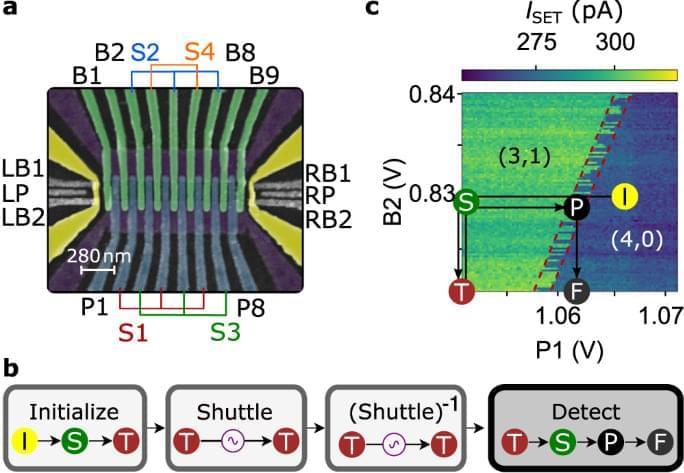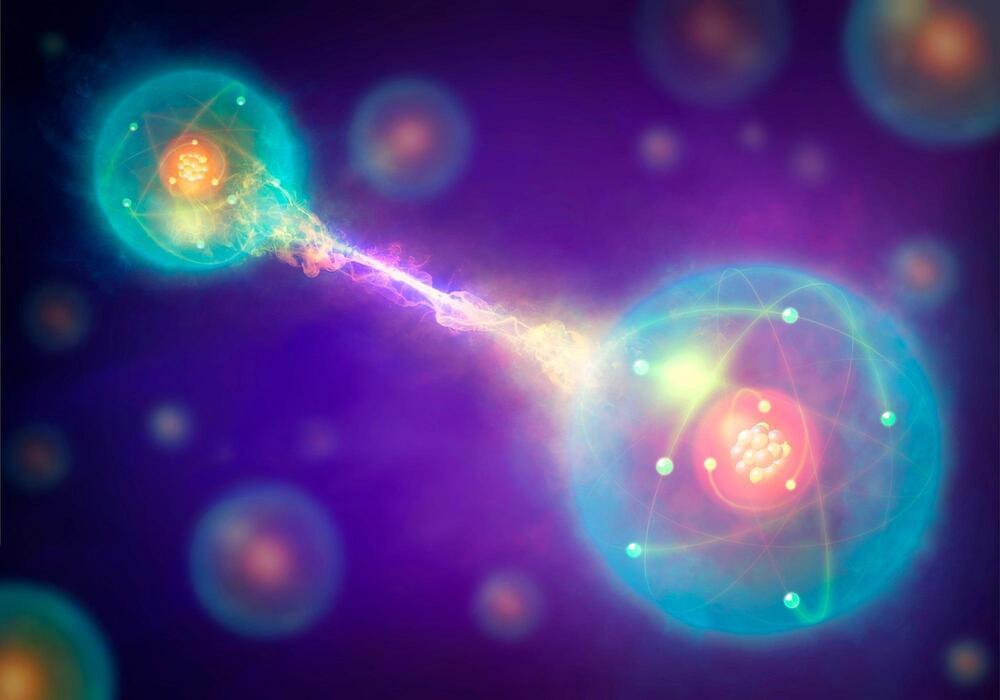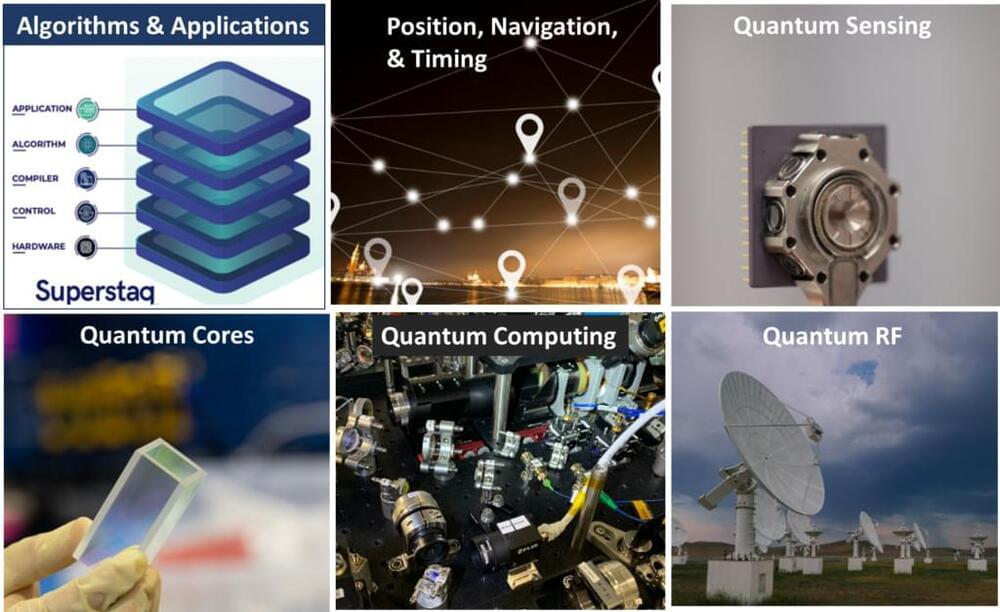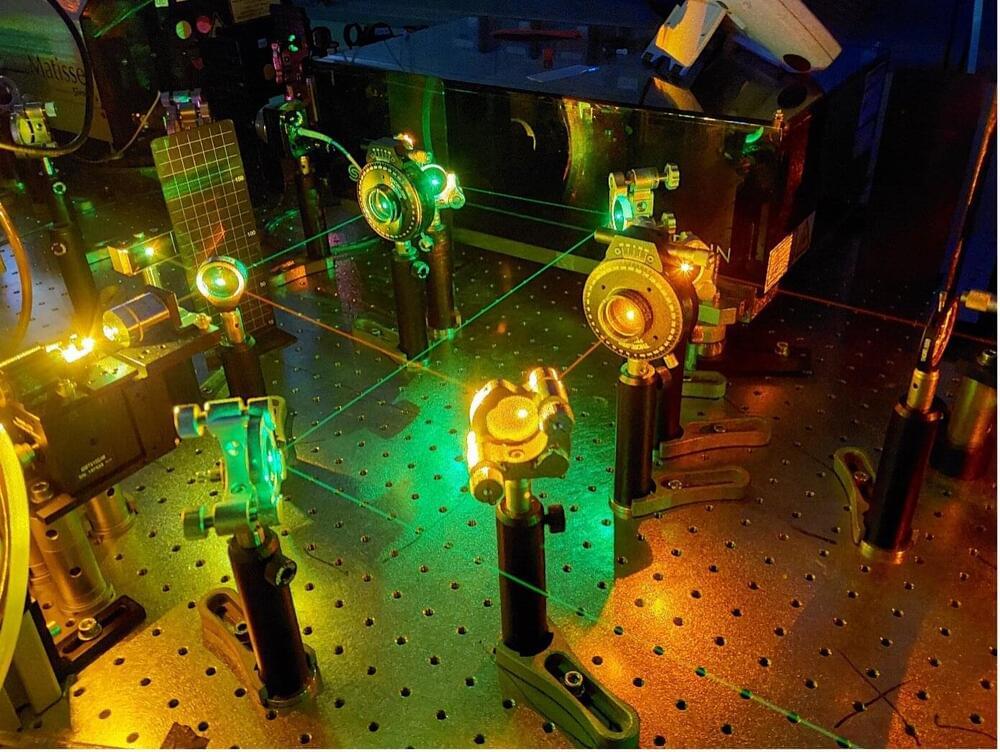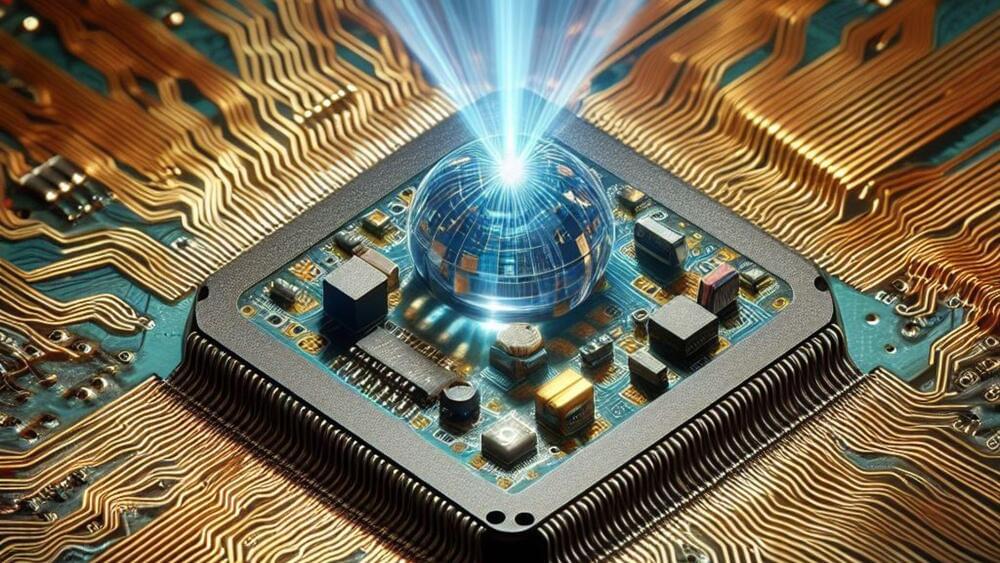This video explores 20 emerging technologies and their future. Watch this next video about the 10 stages of AI: • The 10 Stages of Artificial Intelligence.
🎁 5 Free ChatGPT Prompts To Become a Superhuman: https://bit.ly/3Oka9FM
🤖 AI for Business Leaders (Udacity Program): https://bit.ly/3Qjxkmu.
☕ My Patreon: / futurebusinesstech.
➡️ Official Discord Server: / discord.
💡 Future Business Tech explores the future of technology and the world.
Examples of topics I cover include:
• Artificial Intelligence & Robotics.
• Virtual and Augmented Reality.
• Brain-Computer Interfaces.
• Transhumanism.
• Genetic Engineering.
SUBSCRIBE: https://bit.ly/3geLDGO
Disclaimer:
Some links in this description are affiliate links.
As an Amazon Associate, I earn from qualifying purchases.
This video explores 20 emerging technologies and their future. Other related terms: ai, artificial intelligence, future business tech, future technology, future tech, future business technologies, future technologies, artificial general intelligence, artificial superintelligence, superintelligence, future city, radical life extension, crisp, quantum computer, neuralink, humanoid robot, generative ai, starlink, nanotechnology, smart cities, mixed reality, autonomous vehicles, blockchain, lab grown meat, smart home, fusion power, space tourism, artificial wombs, etc.
